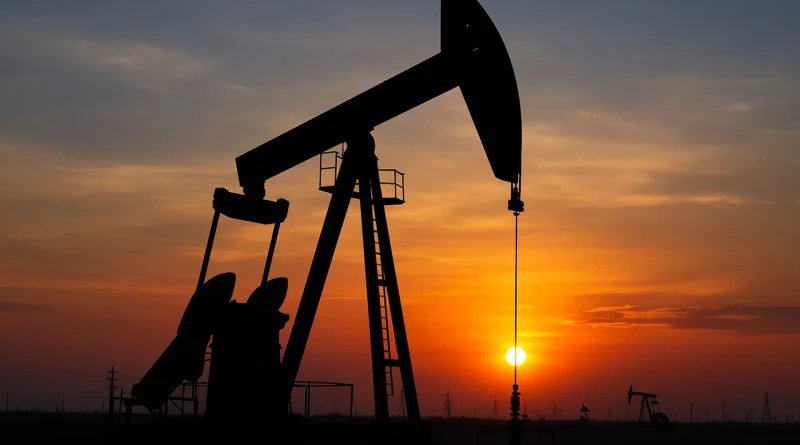Oil, Gas & Geopolitics: How Israeli Strikes are Shaking Energy Markets
Israel’s Operation Rising Lion—an extensive airstrike targeting Iranian nuclear and military sites—has significantly jolted global energy markets. With oil and gas infrastructure impacted, there is mounting concern that regional instability will drive prices higher and exacerbate global inflation. Here’s a detailed breakdown:
1. Crude Oil Surge on Geopolitical Fears
Brent crude jumped between 7% and 13%, peaking near $78.50 per barrel before settling around $74. WTI crude mirrored the trend, increasing over 7% intraday, fueled by investor concern. Analysts warn prices could reach $100–120 per barrel if tensions spread to key chokepoints or oil infrastructure.
2. Strait of Hormuz & Regional Risk
The Strait of Hormuz—through which nearly 20% of global seaborne oil and LNG flows—has emerged as a critical flashpoint. Iran has threatened to disrupt shipping routes in retaliation, raising fears of broader supply interruptions.
3. Iran’s Energy Infrastructure Hit
Israeli strikes caused a fire at the South Pars/North Dome gas field, the world’s largest shared gas reserve, halting production of 12 million m³ of gas per day. Despite damage to gas facilities, Iran’s oil refining and export operations remain intact, according to officials.
4. Economic & Inflationary Fallout
Higher oil prices threaten to delay rate cuts as major central banks (Fed, ECB) manage inflation risk. US gasoline prices could rise by up to 20 cents per gallon, further pressuring consumers. Nations heavily reliant on oil imports—like India—saw equity markets dip and currencies weaken.
5. National Strategic Moves
U.S. Energy Secretary Chris Wright confirmed active monitoring and pledged to use the Strategic Petroleum Reserve if needed. OPEC+ countries, led by Saudi Arabia, increased production amid falling prices pre-strike. However, their capacity may now serve as a buffer against further disruptions.
6. Broader Market Implications
Investors are rebalancing portfolios, with increased interest in gold and dollar-denominated assets. Market volatility (VIX) spiked as equity prices fell alongside climbing energy costs.
7. Outlook: What Comes Next?
| Scenario | Possibility & Impact |
|---|---|
| Wider Strait Disruption | Would push Brent toward $100+, sharply curbing global growth |
| Conflict Escalation on Oil Infrastructure | Targeted attacks could undermine key facilities in Iran, Saudi Arabia, or the UAE, triggering major supply shocks. |
| Diplomatic De-escalation | Could stabilize prices toward $60–65, aligning with baseline forecasts |
Final Analysis
Israel’s strikes on Iranian gas facilities and Iran’s subsequent threats have shifted energy geopolitics onto a knife-edge. Oil markets are being reshaped, inflation expectations are reset, and global growth projections are impacted—all while national strategic responses play out in real time. With the world watching closely, energy security has firmly moved to the heart of the geopolitical battleground.

